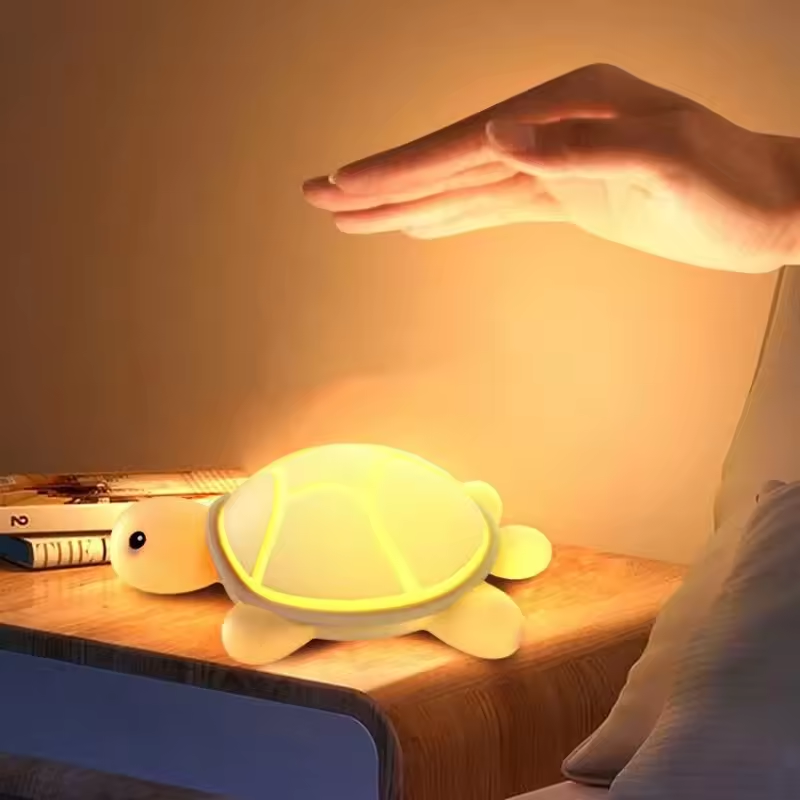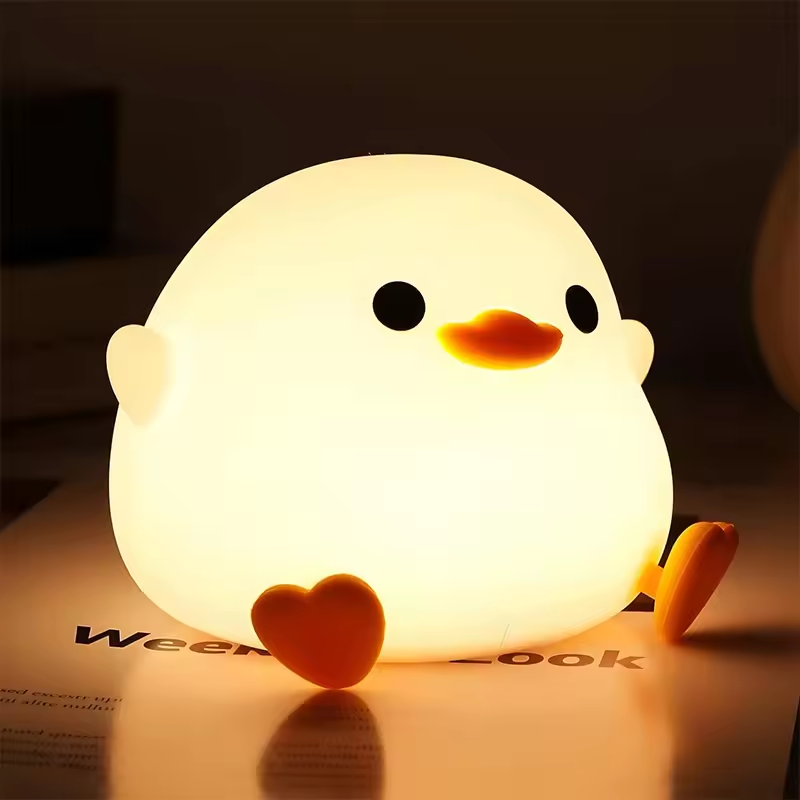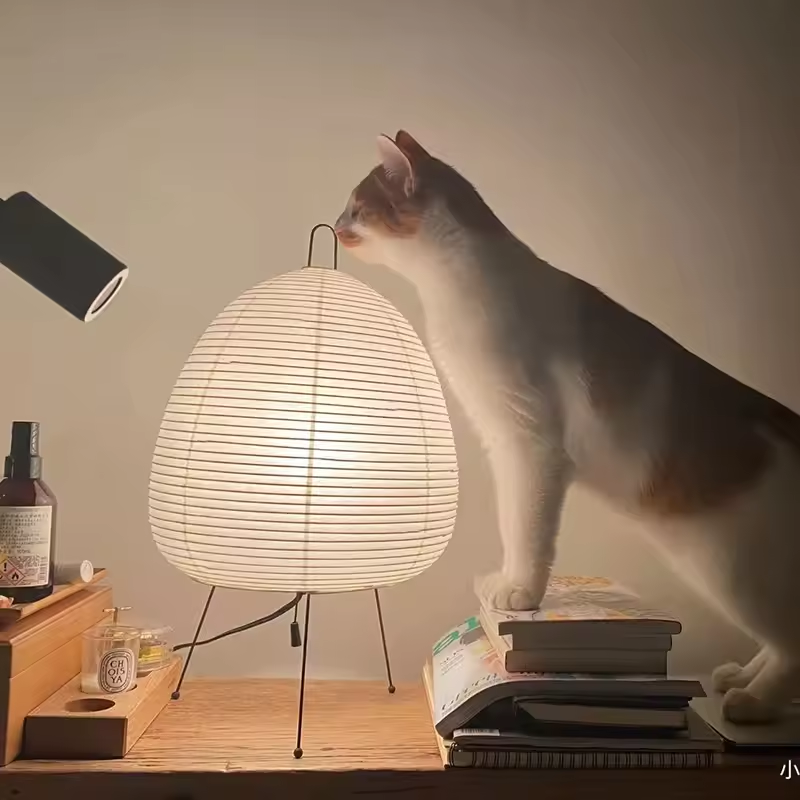 Introduction
Introduction
LED ceiling light bulbs are energy-efficient and long-lasting, making them a popular choice for lighting fixtures in homes. Eventually, these bulbs will need to be replaced when they reach the end of their lifespan. Knowing how to properly replace an LED ceiling light bulb is essential to ensure a seamless transition and maintain the desired level of brightness in your space. In this article, we will provide a step-by-step guide on how to replace an LED ceiling light bulb effectively. By following these simple instructions, you can brighten your space with ease.
 Understanding LED Ceiling Light Bulbs
Understanding LED Ceiling Light Bulbs
Definition: LED (Light Emitting Diode) bulbs are energy-efficient light sources that produce bright illumination using minimal electricity.
Benefits: LED bulbs offer advantages such as reduced energy consumption, longer lifespan, and better durability compared to traditional incandescent or fluorescent bulbs.
Preparation and Safety
Identify the Correct Bulb: Before replacing the LED ceiling light bulb, ensure you have the correct replacement bulb by checking its wattage, size, and fitting type.
Safety First: Ensure the power to the ceiling light fixture is turned off at the main electrical panel. Use a voltage tester to confirm that there is no electrical current flowing to the fixture.
Accessing the Light Fixture
Remove the Light Cover: Depending on the type of ceiling light fixture, the light cover may be secured with screws or clips. Carefully remove these fasteners to detach the cover and expose the bulb.
Inspect the Socket: Inspect the socket to ensure it is not damaged. If any signs of damage or discoloration are present, consult a professional electrician before continuing.
Removing the Old Bulb
Allow Cooling Time: If the ceiling light has been recently used, allow the bulb to cool down before attempting to remove it to avoid the risk of burning yourself.
Unscrew or Unclip: For twist-in bulbs, turn the old LED bulb counterclockwise to loosen and remove it. For bulbs with spring clips, gently squeeze and release the clips to release the bulb, allowing it to drop down slightly for removal.
Disposal: Properly dispose of the old LED bulb according to local regulations or recycling guidelines.
 Installing the New Bulb
Installing the New Bulb
Align and Insert: Align the base of the new LED bulb with the socket and insert it gently. For twist-in bulbs, turn the new bulb clockwise until it is securely in place. For bulbs with spring clips, gently push the bulb up into the socket while squeezing the clips to secure it.
Test the Bulb: Turn on the power at the main electrical panel and test the new LED bulb by switching the light fixture on. Ensure it illuminates properly.
Reassembling the Light Fixture
Replace the Light Cover: Position the light cover back onto the fixture and secure it using screws or clipping mechanisms. Ensure it is properly aligned and flush with the fixture.
Test the Fixture: Turn on the light again to verify that the LED bulb functions correctly and produces the desired level of brightness.
 Key differences:
Key differences:
LED ceiling light bulbs, incandescent bulbs, and fluorescent bulbs have distinct differences in terms of technology, energy efficiency, lifespan, and light output. Here are the key differences:
Technology:
LED (Light Emitting Diode) bulbs use semiconductor technology to produce light. Incandescent bulbs use a filament that is heated to produce light, while fluorescent bulbs use gas and electricity to create ultraviolet light, which then reacts with a phosphor coating inside the bulb to emit visible light.
Energy Efficiency:
LED bulbs are highly energy-efficient, consuming significantly less electricity compared to incandescent and fluorescent bulbs. LEDs convert most of the energy into light rather than heat, resulting in lower electricity costs and reduced environmental impact.
Lifespan:
LED bulbs have a much longer lifespan than incandescent and fluorescent bulbs. LED bulbs can last up to 25,000-50,000 hours, while incandescent bulbs typically last around 1,000 hours and fluorescent bulbs range from 8,000 to 15,000 hours.
Light Output:
LED bulbs produce directional light, which means they emit light in a specific direction. They are available in various color temperatures and offer a wide range of brightness options. Incandescent bulbs provide a warm and omnidirectional light, while fluorescent bulbs produce a cool light that is often more diffused.
Heat Generation:
LED bulbs generate very little heat compared to incandescent and fluorescent bulbs. Incandescent bulbs emit a significant amount of heat, contributing to energy waste, while fluorescent bulbs also generate heat due to the process of creating ultraviolet light.
Environmental Impact:
LED bulbs are environmentally friendly due to their energy efficiency and longer lifespan. They do not contain hazardous substances like mercury, which is present in fluorescent bulbs, making LED bulbs easier to dispose of and safer for the environment.
Cost:
Initially, LED bulbs may have a higher upfront cost compared to incandescent and fluorescent bulbs. However, their long lifespan and energy efficiency can result in significant cost savings over time.
Ultimately, LED ceiling light bulbs offer superior energy efficiency, longer lifespan, and a more customizable lighting experience compared to traditional incandescent and fluorescent bulbs. LED technology has become increasingly popular due to its numerous benefits in terms of energy savings, reduced environmental impact, and enhanced lighting options.
Some important considerations:
When replacing an LED ceiling light bulb, here are some important considerations:
Turn Off Power:
Before starting the replacement process, ensure the power to the light fixture is turned off at the circuit breaker or by flipping the light switch to the off position. This precautionary step helps to prevent any electrical shocks or accidents.
Compatible Bulb:
Make sure to use the correct replacement LED bulb that is compatible with your ceiling light fixture. Check the wattage, voltage, and base type of the existing bulb to ensure the replacement bulb matches these specifications.
Cooling Down:
Allow the existing LED bulb to cool down completely before attempting to remove it. LED bulbs can become hot during operation, so give it a few minutes to cool before handling.
Remove Old Bulb:
Gently twist or unscrew the old LED bulb counterclockwise until it comes loose. Carefully remove it from the socket, avoiding any excessive force that could damage the socket or bulb.
Clean the Socket:
Take a moment to inspect and clean the socket if it appears dirty or corroded. Use a clean, dry cloth or a small brush to remove any debris or buildup.
Install New Bulb:
Align the prongs or base of the new LED bulb with the socket, and gently twist it clockwise until it is securely in place. Ensure the bulb is properly seated in the socket without any gaps or wobbling.
Turn on Power and Test:
Once the new LED bulb is installed, restore power to the light fixture by flipping the circuit breaker or turning on the light switch. Verify that the bulb is working correctly by turning on the light and checking for proper illumination.
Dispose of Old Bulb:
As LED bulbs contain electronic components, it’s important to dispose of them properly. Check local regulations for the appropriate disposal method, as some areas have specific recycling programs for electronic waste.
By following these precautions, you can safely and effectively replace an LED ceiling light bulb. Remember to consult the manufacturer’s instructions or seek professional assistance if you encounter any difficulties or have specific concerns about your lighting fixture.
 Conclusion
Conclusion
Replacing an LED ceiling light bulb is a straightforward process that can be completed with ease by following the steps outlined in this guide. Remember to prioritize safety by turning off the power and using a voltage tester before beginning. Take the time to identify the correct replacement bulb and ensure the socket is undamaged. By carefully removing the old bulb, installing the new one correctly, and reassembling the light fixture, you can maintain a well-lit space with energy-efficient and long-lasting LED bulbs. Enjoy the benefits of bright illumination and cost-effective lighting in your home.



